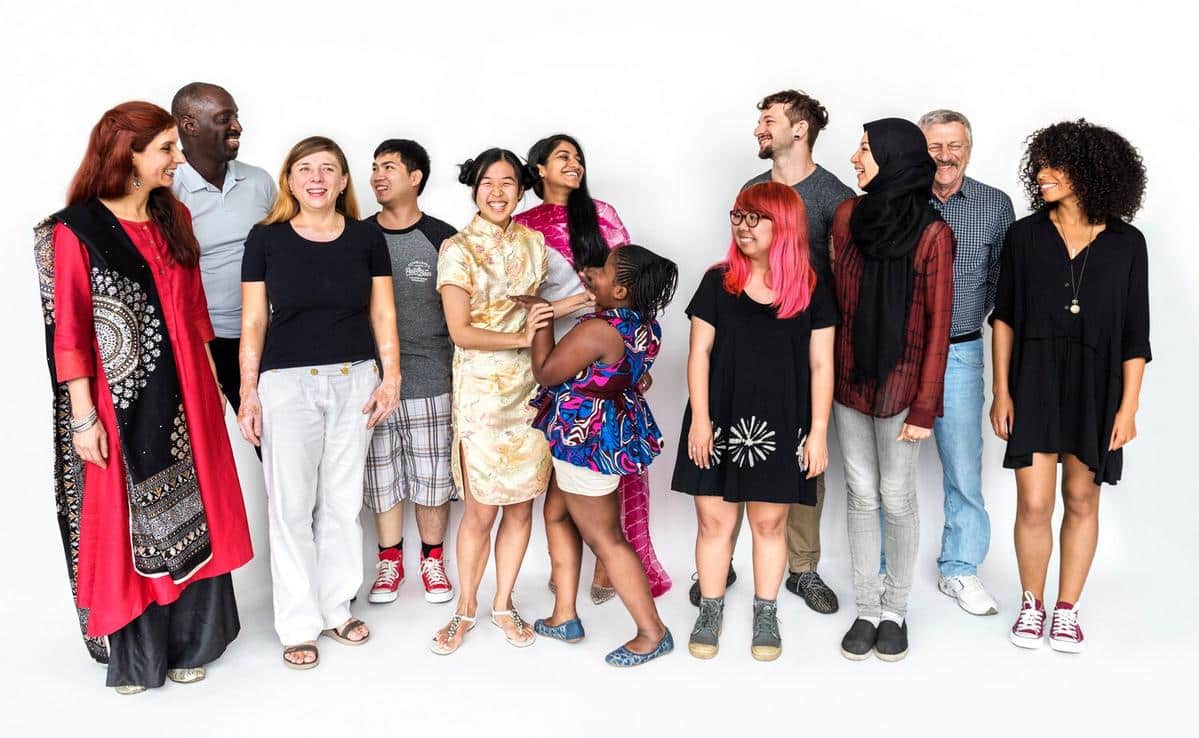
Celebrating Diversity: How Cultural Heritage Shapes Fashion
Fashion is a vibrant tapestry, woven from the threads of diverse cultures across the globe. As we explore the intersection of cultural heritage and style, we uncover how these influences shape our closets today.
Fashion is more than just clothing; it’s a reflection of our identities and histories. Cultural heritage plays a pivotal role in shaping fashion trends, providing designers with a rich palette of inspiration. This blend of tradition and modernity not only enriches the fashion industry but also fosters a deeper appreciation for global diversity.
Embracing Cultural Heritage in Fashion
The influence of cultural heritage on fashion is profound. According to a report by the Fashion Institute of Technology, nearly 60% of global designers draw inspiration from various cultural traditions. This includes textiles, patterns, and traditional garments that tell stories of history and identity.
“Fashion is a universal language that speaks from the heart of culture,” says renowned fashion historian Valerie Steele. “It’s an art form that celebrates diversity and promotes understanding.”
Examples of Cultural Influence
Take, for example, the influence of African prints on modern fashion. These vibrant patterns have become a staple in collections worldwide, symbolizing a blend of heritage and contemporary flair. Similarly, the intricate embroidery of South Asian garments finds its way into the high-fashion runways, showcasing the skill and artistry of these traditions.
Actionable Tips for Incorporating Cultural Heritage
- Explore local markets or cultural festivals to discover unique pieces that resonate with your personal style.
- Educate yourself about the origins of the designs you wear to appreciate their cultural significance.
- Support brands and designers who prioritize ethical sourcing and fair trade practices.
How Cultural Heritage Shapes the Fashion Industry
Fashion brands increasingly recognize the value of cultural heritage, not just as a source of inspiration but as a way to connect with global audiences. This trend is evident in the rise of collaborative collections where designers partner with artisans from different cultures, bringing authenticity and craftsmanship to the forefront.
| Cultural Element | Fashion Influence |
|---|---|
| Japanese Kimonos | Modern silhouettes and prints |
| Indian Sari | Textured draping and vibrant colors |
| Scottish Tartan | Bold patterns in outerwear |
| Maasai Beadwork | Intricate jewelry designs |
| Mexican Embroidery | Floral motifs and bright hues |
| Chinese Silk | Luxurious fabrics and elegant cuts |
| Peruvian Alpaca | Warm, sustainable textiles |
| French Lace | Delicate detailing in evening wear |
Frequently Asked Questions
How can I support cultural diversity in fashion?
Support brands that prioritize cultural authenticity and ethical practices. Engage with fashion that respects and represents its cultural origins.
What are some ways to incorporate cultural heritage into my wardrobe?
Look for pieces that feature traditional patterns or are made by artisans. Accessories like jewelry and scarves are excellent entry points.
Conclusion: A Tapestry of Global Influence
Fashion is an ever-evolving canvas that reflects our world’s rich cultural diversity. By embracing cultural heritage, we not only celebrate history but also foster a more inclusive and connected global community. As you explore your own style, consider the stories behind the fashion you choose to wear. They might just add a meaningful layer to your personal expression.


